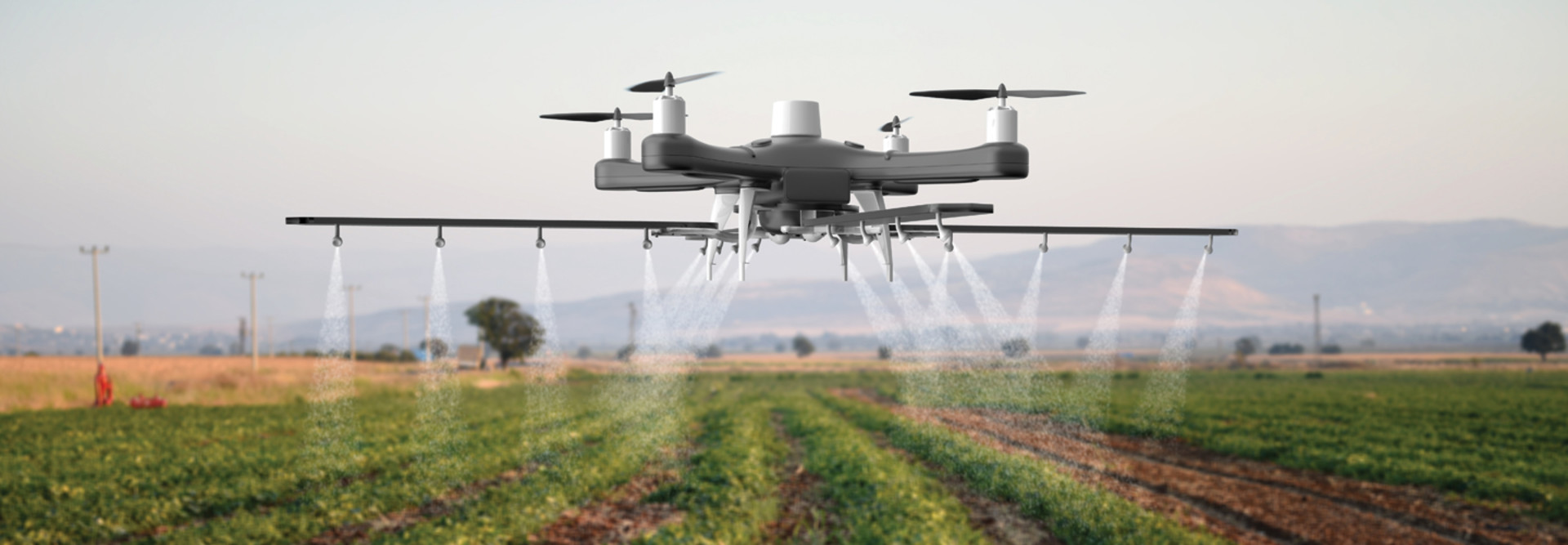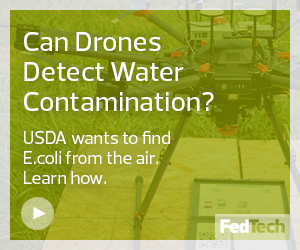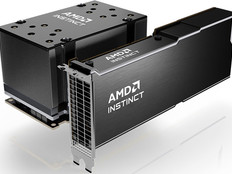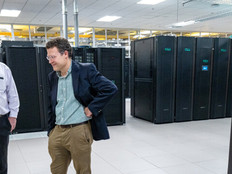How Government Can Reap the Most Value from Drones
However, even this recent burst of activity has a limitation. Many of the most common uses of drones today have to do with locations that are out of the way or in far-flung regions. Judging from requests for regulatory exemptions, this is not a trend that has ended with the coronavirus. Operating in more remote areas or away from people is just simpler. Drones can survey land, inspect oil pipelines or mark agricultural fields without worrying about aircraft, other drones, people or anything else getting in the way. The challenge is that more than 80 percent of Americans live in dense urban areas that are difficult for drones.
If government is to spin on its original drone innovations and reap the true value possible from the technology, it needs to integrate drones into dense urban environments, do so at a scale drones have never before seen and do it all safely and affordably.
NASA and other organizations are already working hard on the problem of urban air mobility, but that is really just one part of the challenge. Drones not only need to be integrated into the national airspace but also the national ground space. Drones need to deliver packages without hitting buildings or pedestrians, trucks or other drones. This is not just a problem for drones but also for the design of infrastructure on the ground, like drone-compatible mailboxes — and for companies that must find a way to do all of this safely, in compliance with regulations, and still turn a profit.
This can seem like a challenge, but the government can help. The major challenge right now to more significant drone operations is not technical; it is uncertainty. Without clear answers on how drones will be used, it is difficult to craft how they can be integrated into urban areas. Without that information, it is difficult to determine which uses cases can be profitable in the first place — a vicious cycle.
There are two key tools for government to help reduce that uncertainty: artificial intelligence and adaptive regulations. If the challenge is uncertainty in how drones will interact with complex surroundings, why not recreate those surroundings?
VIDEO: Take a deep dive into the Interior Department’s use of drones.
AI and Adaptive Regulations Can Aid Drone Innovation
Imagine being tasked to plan out drone delivery hubs in a dense city. In the past, this would have been a daunting task, requiring detailed planning not just for the sheer volume of data involved but because of the complex interactions. Placing a hub in one location could alter traffic patterns, creating unintended consequences elsewhere. But what if you could test thousands of different plans in a “digital twin” of a city to see which was best, and do it all in minutes?
While these tools have been used for years in areas such as Formula One racing, a combination of digital twins and agent-based AI tools is now available to governments so that they can understand how a new technology or infrastructure project could impact a city.
But the role of AI for drones goes well beyond simulating activity. Today, nearly all commercial drones are flown by human pilots. If use cases such as drone delivery are to scale, AI will almost certainly have to play a role in flying those drones and coordinating their movements. Both government and commercial companies are making investments today in AI algorithms to pilot drones and coordinate drone swarms. As these technologies develop, they will enable entirely new use cases for drones.
Technology will only get us so far if rules remain fixed. Even the most responsive governments cannot update legislation and regulation at the pace of technological change. Adaptive regulation gives governments greater flexibility than fixed rules, allowing them to keep pace with changing circumstances and technologies and still safeguard citizens.
With those tools in play, commercial industry could be free to experiment and find new uses for drones, uncovering new value. Government could then tap into that value to deliver more services to citizens, faster and at a lower cost than ever before.
For example, once computer vision and routing algorithms have been refined by commercial drone delivery, they could easily be spun in to government for drone-based mail delivery to underserved rural communities. Commercial power line inspections could be spun in to do wide-scale structural inspections to assess fire risk. Drones could even monitor traffic, altering the timing of stoplights and even issuing speeding tickets to keep traffic moving and reduce the risk to police officers.
With the right vision and a few tools, government can successfully spin on drones. Born in government and trained in industry, drones can come home — bringing new value for all citizens.












